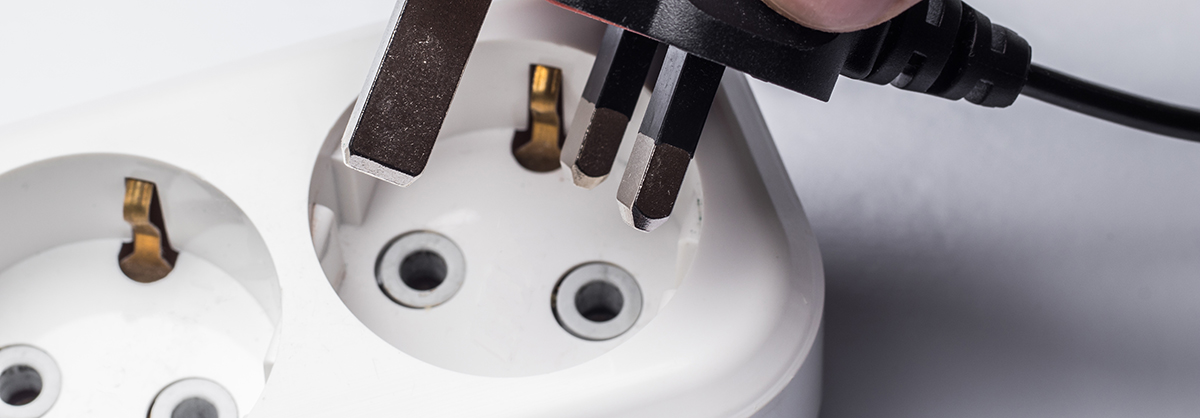
All you need to know about plug and socket types when travelling abroad
Your guide to the different types of power plugs around the world
If you’re a frequent overseas traveller you probably ask yourself: ‘Why isn’t there a single plug that could be used everywhere in the world?’ This would definitely save you time, effort and money when looking to buy the necessary power adapters and converters.
However, while many modern buildings in China feature a single universal socket that can accommodate a wide variety of plugs, most of the other countries stick to their traditional plug. So before you leave, make sure you’ve checked your travel essentials. Besides sunscreen, sunglasses, ski or snowboard equipment, you should also be informed about the plug and socket types the countries you visit. This way, you can safely use any device like a laptop, phone, electric shaver or curling iron you take with you.
In this news post we’ll take a look at the 15 different types of plugs and sockets used around the world as classified by WorldStandards.
What are the 15 types of power plug?
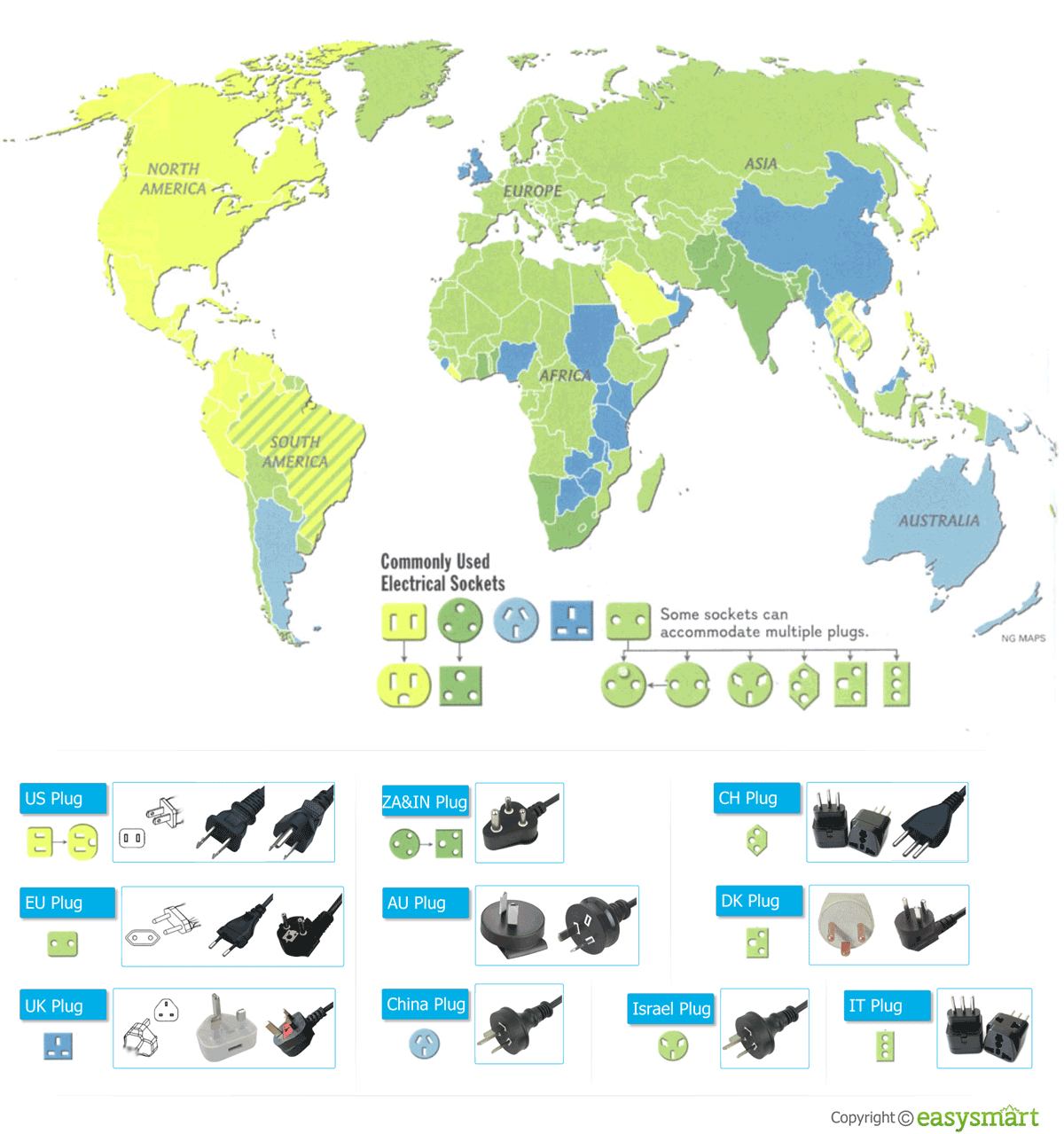
Type: A
Pins: 2
Locations: Canada, USA, Mexico, Venezuela, Japan, Vietnam
Technical specifications: 15 A, 100-127 V, not grounded
Photo source: World Standards
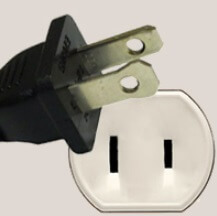
Type: B
Pins: 3
Locations: USA, Canada, Cuba, Mexico, Philippines
Technical specifications: 15 A, 100-127 V, grounded
Photo source: World Standards
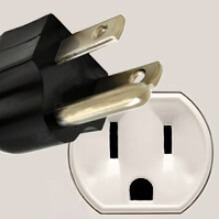
Type: C
Pins: 2
Locations: most of Europe, South America, Asia
Technical specifications: 2.5 A, 220-240 V, not grounded
Photo source: World Standards
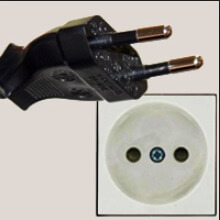
Type: D
Pins: 3
Locations: India
Technical specifications: 5 A, 220-240 V, grounded
Photo source: World Standards
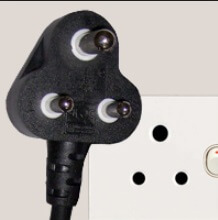
Type: E
Pins: 2
Locations: Madagascar, Monaco, France, Belgium, Poland, Slovakia, Czech Republic
Technical specifications: 16 A, 220-240 V, grounded
Photo source: World Standards
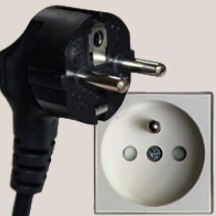
Type: F
Pins: 2
Locations: Europe, Russia
Technical specifications: 16 A, 220-240 V, grounded
Photo source: World Standards
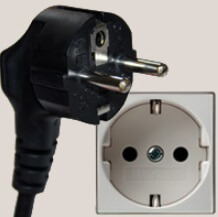
Type: G
Pins: 3
Locations: Malaysia, Singapore, UK, Ireland, Scotland, Gibraltar, Malta
Technical specifications: 13 A, 220-240 V, grounded
Photo source: World Standards
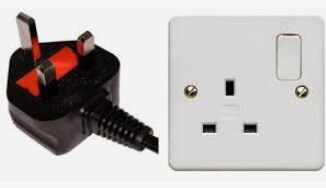
Type: H
Pins: 3
Locations: Israel, Palestine
Technical specifications: 16 A, 220-240 V, grounded
Photo source: World Standards
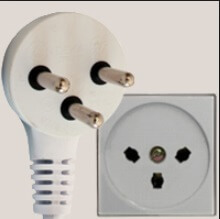
Type: I
Pins: 2 or 3
Locations: Australia, New Zealand, China, Fiji, Argentina
Technical specifications: 10 A, 220-240 V; 2 pins – not grounded, 3 pins – grounded
Photo source: World Standards
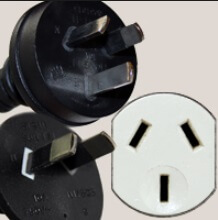
Type: J
Pins: 3
Locations: Switzerland, Liechtenstein, Jordan
Technical specifications: 10 A, 220-240 V, grounded
Photo source: World Standards
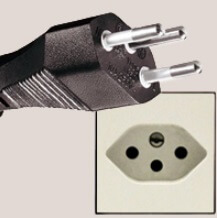
Type: K
Pins: 3
Locations: Denmark, Senegal, Greenland, Maldives
Technical specifications: 16 A, 220-240 V, grounded
Photo source: World Standard
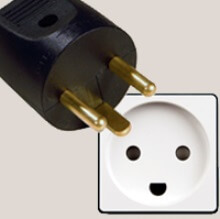
Type: J
Pins: 3
Locations: Switzerland, Liechtenstein, Jordan
Technical specifications: 10 A, 220-240 V, grounded
Photo source: World Standards

Type: L
Pins: 3
Locations: Italy, Cuba, Chile, Uruguay
Technical specifications: 10 A and 16 A, 220-240 V, grounded
Photo source: World Standards
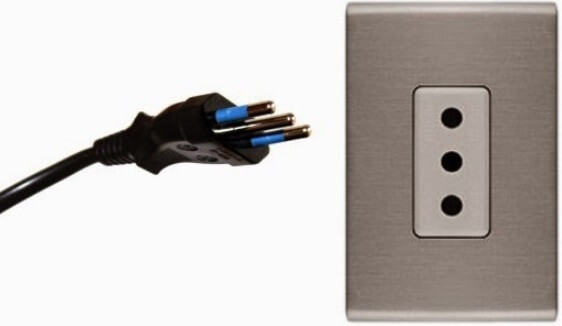
Type: M
Pins: 3
Locations: South Africa, Nepal, India
Technical specifications: 15 A, 220-240 V, grounded
Photo source: World Standards
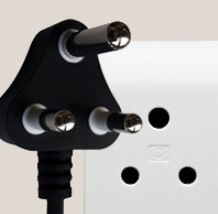
Type: N
Pins: 3
Locations: Brazil, South Africa
Technical specifications: 10 A and 20 A, 100-240 V, grounded
Photo source: World Standards
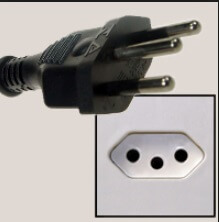
Type: O
Pins: 3
Locations: Thailand
Technical specifications: 16 A, 220-240 V, grounded
Photo source: World Standards
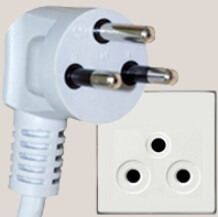
What is a power adapter and when do you need to use it?
Usually, there are two important things to consider before safely plugging in your device: shape and voltage. In the first case, you will need to use a power adapter. As the name implies, adapters are designed to change the shape of the plug so that it fits into the socket. Acting like a small extension, the adapter does not typically affect the voltage or current. Without it, you simply can’t access the electricity.
Nowadays, given the wide variety of plug and socket types, most of the hotels do offer power adapters to their foreign guests. However, it is not always the case. If there are more visitors requesting one, you may need to wait longer in order to get one. Imagine how frustrating it can be to stay in front of the socket and not being able to use it

What about power converters?
Converters are slightly different, since they deal with the voltage of electrical power sources. Some countries use 110-125 volts while others use 220-240 volts. Power converters can actually reduce the current flow of 220 volts down to 110 volts so devices can be used without self-destructing. Many modern appliances are able to switch from one to the other, but be sure you check what current is on before you use it.
Moreover, power is consumed in watts not volts, so you need to know how many watts the appliance requires. If it’s more than 50W, then you can use a high-power converter and less than 50W – a transformer converter. Since most travel adapters are usually made for short-term or occasional use only, you should be a little careful when purchasing one. For instance, your laptop or camera would require a good quality converter. Wherever you may be, the last thing you want is ruining your device, your pictures, or, even worse…your vacation.
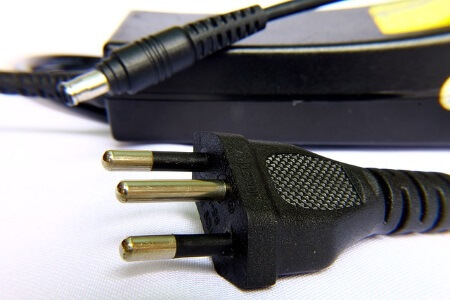
Talk to Jaric Electrical for expert advice
Remember these two names when packing for your next vacation: power adapters and converters can be a lifesaver for your electrical and electronic devices when travelling abroad.
If you need any help with domestic electrical services, call Jaric Electrical at 1300 452 742 and get personalized advice and solutions for your home and business.
![JARIC [P] RED_RVSE Air and Electrics](https://jaricgroup.com.au/wp-content/uploads/2021/01/JARIC-P-RED_RVSE-Air-and-Electrics.png)



